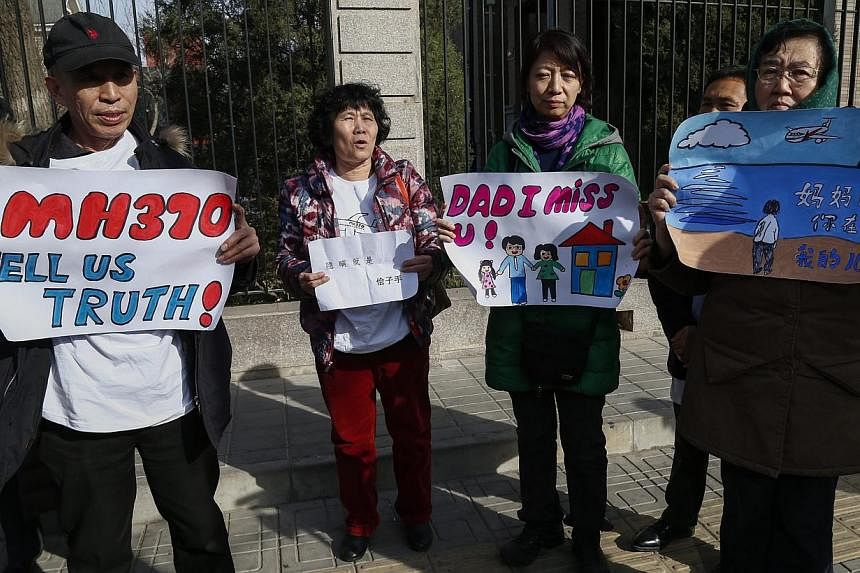It has emerged that missing Malaysia Airlines flight MH370 was carrying 221kg of lithium-ion batteries that did not undergo the normal security screening a year ago.
In 2010, two crew members were killed when a fire started in the cargo hold of a UPS Airlines cargo plane that was carrying lithium-ion batteries.
An Asiana Airlines cargo plane crashed into the sea in 2011, killing both crew members. It was carrying 400kg of lithium batteries. Some carriers now restrict passenger aircraft from carrying such cargo.
While there is too little information to go on for now, the presence of the batteries is a concern, experts said.
These batteries are now everywhere, in our phones, laptops and airplanes. Here's more about them:
1. Light and energy dense
Lithium is the world's lightest metal, and is chemically active compared to other metals, which makes it energy dense and thus perfect for batteries. For the consumer, it means the most energy in the lightest, most compact package.
The technology goes back decades, but since emerging as a viable commercial option in the 1990s, it has become the fastest growing type of battery used in the world.
2. Where are they used?
Most electronic devices come with lithium-ion batteries nowadays. Chances are, anything that comes with a rechargeable battery pack uses one. Smartphones, laptops, electric cars like the Tesla, digital cameras and video equipment, electronic cigarettes, game consoles, power tools, electric wheelchairs, the list goes on...
3. Why are they flammable?
You may have heard of cases of the batteries going up in flames, notoriously on the Boeing 787 Dreamliners. But production processes have been improving, and cases are quite rare.
Batteries contain highly reactive chemicals by default, and smart control systems are included in each battery to ensure they are safe.
Minor faults can lead to heat build-ups that results in a cell catching fire. This can be due to microscopic metal particles coming into contact with parts of the battery cell and causing a short circuit.
There is a separator keeping the positive and negative poles of the battery apart, and the battery can short circuit if this fails. As batteries are made lighter, this separator has become thinner.
4. How do I use them safely
As an approved safety circuit is needed on the battery, it is safer to buy rechargeable batteries from reputable sources.
Keep them away from temperature extremes such as in direct sunlight. They can't get too cold either as many types of lithium-ion batteries cannot be charged below 0 deg C.
While the capacity of the batteries decreases over time, there is no need to fully discharge them before charging them.
5. Airline regulations
Lithium-ion batteries shipped by themselves should be carried only on cargo aircraft, according to the latest 2015 guidelines issued by the International Air Transport Association (IATA).
The restriction does not apply to lithium metal batteries contained in equipment.
Singapore Airlines recommends that the batteries for laptops, mobile phones and video equipment be carried in the equipment, and on carry-on baggage.
Lithium-ion batteries with more than 160 watt hours - used for Segways, electric bicycles and underwater lamps - are not allowed on board.
Sources: batteryuniversity.com, Bloomberg, The Economist


